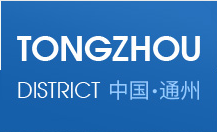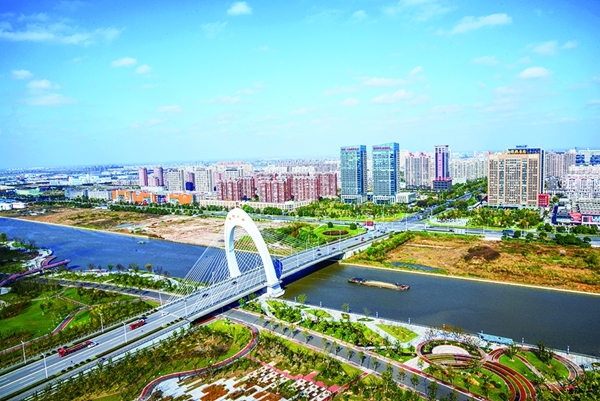Tongzhou district boosts home textiles IPR protection

The China Nantong (Home Textile) Intellectual Property Rights Protection Center is located in Chuanjiang town in Tongzhou district. [Photo by Ding Wei/chinadaily.com.cn]
The Tongzhou district of Nantong city – located in East China's Jiangsu province – is forging ahead with its home textiles intellectual property rights, or IPR, protection.
Established in January 2013, the China Nantong (Home Textile) Intellectual Property Rights Protection Center was the second IPR rapid protection center in China approved by the China National Intellectual Property Administration, or CNIPA.
It mainly carries out the work of pre-examinations, rights confirmations and the protection of home textiles design patents and copyrights.
In recent years, Tongzhou district is said to have focused on fostering a business environment that respects the value of knowledge and the home textile IPR protection center plays an important role.
In the past, since companies were not familiar with the patent applications business, they generally invited third-party agencies to help them handle the process. After the COVID-19 pandemic outbreak, staff from the center offered door-to-door services to companies, to help them save agency fees.
The center also improved its service ability by expanding its pre-examination business scope. In the early stage, it could only accelerate the patent pre-examination of fabric patterns. After applying for CNIPA assistance, it was able to carry out rapid pre-examination of all product design patents involved in the home textiles industry this year.
Nowadays, it is the only IPR rapid protection center in China that can issue patent evaluation pre-examination reports. The patent evaluation report is an important basis for a people's court or a patent management department to hear and handle patent infringement disputes.
The report issuance period of the center generally take around 15 days, which greatly reduces the time cost of rights holders and effectively improves the efficiency of IPR protection.


